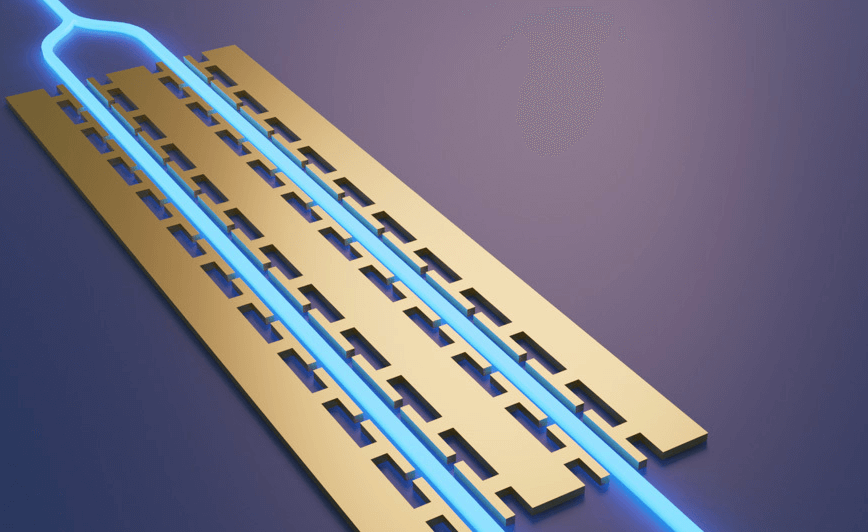HyperLight announced commercial availability of it’d 110 GHz electro-optic modulators based on thin-film lithium niobate (TFLN) technology. These modulators are packaged with standard fiber and microwave connectors operating at the 1310nm (C), 1550nm (L) and 1600nm (O) wavelength bands. They feature low voltage drive, stable biasing, low insertion loss, proven reliability, and operating bandwidths over 110 GHz.
"We have developed and validated this product by working closely with industry leaders who have shown great demand for high bandwidth electro-optics technology." says Mian Zhang, CEO of HyperLight. "We have received overwhelmingly positive feedback from multiple customers on the impressive performance of our devices while they were in Beta. We are currently shipping the first release of these devices to our customers for field deployment, and we are excited to see them performing in our customers' systems!"
HyperLight demos Hybrid Transmitter with DFB Laser on Thin-Film Lithium Niobate
HyperLight, in collaboration with Harvard University and Freedom Photonics, has demonstrated a breakthrough process of integrating high-power lasers on thin-film lithium niobate platform.
The hybrid platform enabled the first high optical power transmitter chip consisting of an electrically pumped DFB laser integrated with HyperLight’s high-speed thin-film lithium niobate intensity modulator capable of operating at 60 mW output power and beyond 50 GHz electro-optic bandwidth. The demonstration used DFB lasers for integration with thin-film lithium niobate because of their low cost, small footprint, and large output powers exceeding 100 mW. Using only passive-alignment and flip-chip thermo-compressive bonding, the DFB lasers emitted approximately 60 mW (17.8 dBm) of optical power into the thin-film lithium niobate waveguides. This will enable new architecture such as large arrays of high-power transmitters as well as unprecedented performance in optical links.
https://convergedigest.com/hyperlight-demos-hybrid-integrated/











